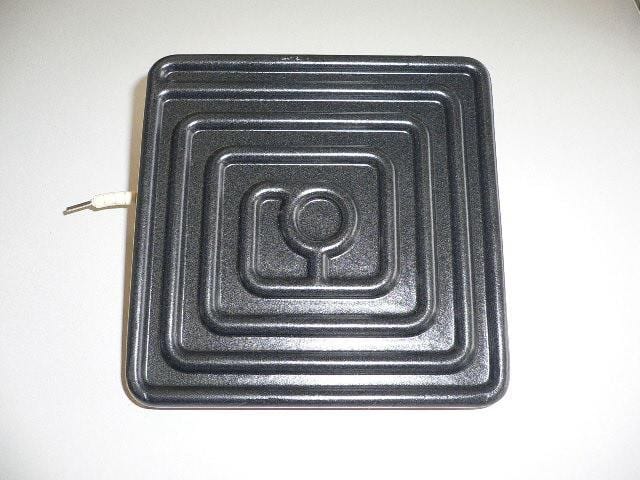An awful lot of focus in manufacturing points towards reducing the waste caused by the finished product, just as much benefit can be found by looking to reduce your embodied energy cost.
At Illig we are as concerned about this as you are, so are constantly looking to improve the overall efficiency of our machines outputs, one of our most recent successes being the upgrading of heating elements. The benefits of our HTS heating elements as opposed to FSR elements can be translated in to a reduction in heating time by approximately 50% along with a potential 25% of energy savings. Both types of heater elements, FSR as well as HTS are ceramic heater elements. The heater elements feature the same connections and the same connected load. Upgrading to HTS elements is not only a relatively easy way of reducing costs long term but the upgrade itself should be relatively stress free.
How do they reduce energy consumption?
The heat insulation integrated in the high temperature heater elements (HTS) reduce the loss of heat on the back side of the heater elements and lower the temperature in the wiring cabinet. Efficiency is increased for lines which use these heater elements. This helps to save valuable energy and therefore energy costs.
Having said that, as anyone who has spent anytime anywhere near a production line will attest, these figures may vary on an application basis. Thankfully, we are fortunate enough to work with some fantastic organisations who have put these elements into practice and are happy for us to share their results.
HTS Heater Elements Case Study
Our client upgraded to HTS from FSR and measured the performance of two machines performing two different applications. Initial results showed;
- Electricity consumption of a RDKP 72g machine equipped with HTS heater elements is at least 25% lower than for the same machine equipped with FSR heater elements. (Total electricity consumption was measured, i.e. heater elements and electric motors.) 10 measurements were evaluated with PET and PVC material.
- The measuring result (saving approx. 25 %) is in accordance with earlier comparison measurements in UA machines equipped with FSR and HTS heater elements.
Whilst there are a number of other benefits that unfortunately we are unable to share, the tests undertaken returned the following conclusions;
- Energy savings of HTS heater elements of at least 25% were confirmed by means of measurements.
- Customer measurements confirm energy saving of 30 % for HTSs heater elements compared to FSR heater elements for CPET processing.
- Similar to the results of the UA machine – upper heater equipped with HTSs heater elements and under consideration of measurement results, a total energy saving of 33% can be assumed in relation with the use of HTSs heater elements (HTS heater elements with black enamelled surface) compared to FSR heater elements.
- We can see average savings of the top heater element of 25 – 30% with bottom heater elements saving between 37% and 54%.
If you’d like to know more about how a HTS heating element upgrade could reduce your energy costs, don’t hesitate to get in touch


